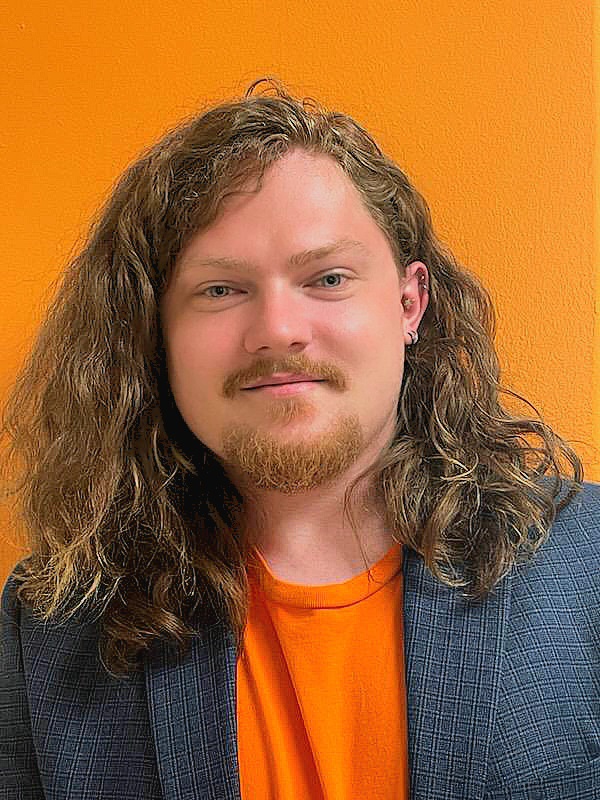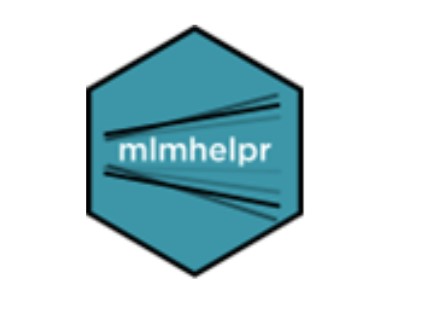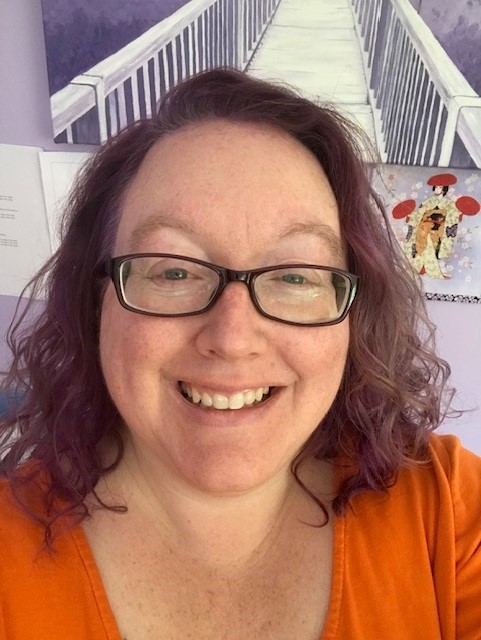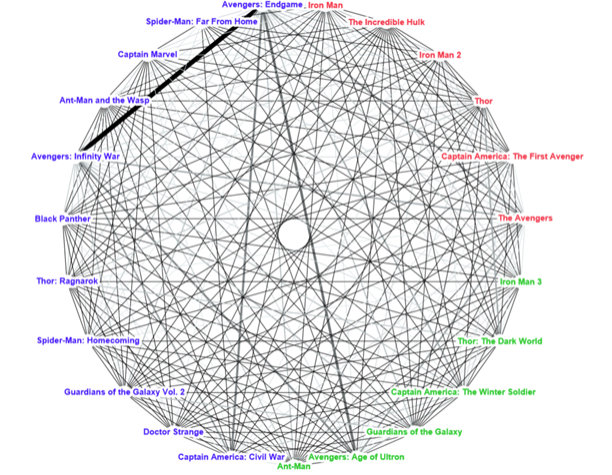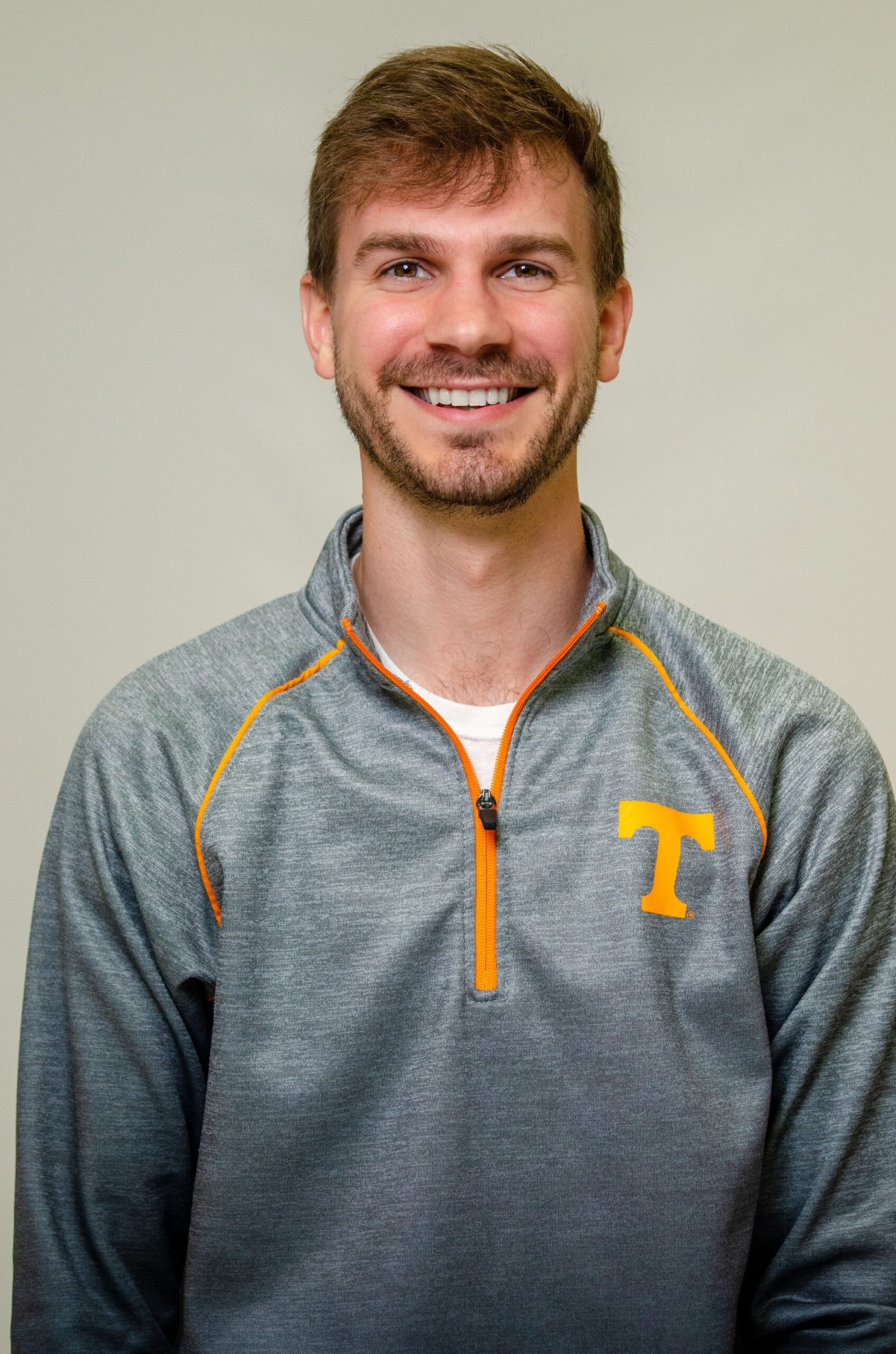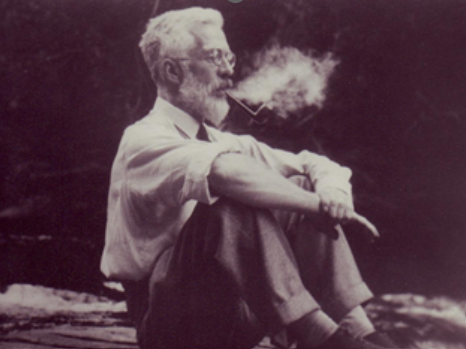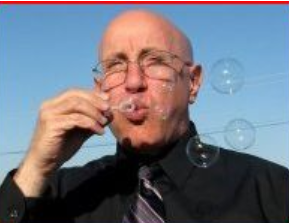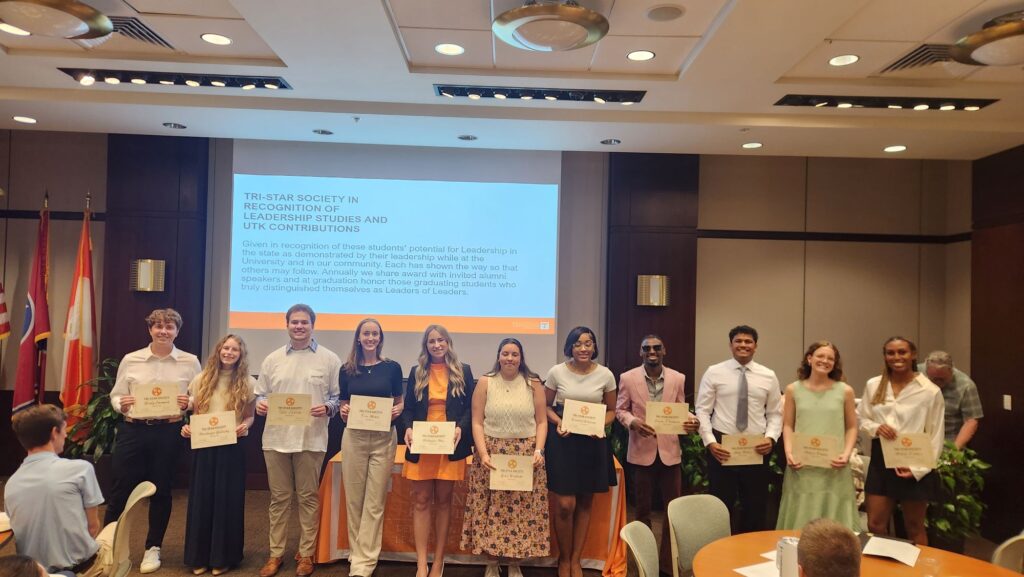Cuevas (CSP Faculty) Named a NASPA Pillar of the Profession
By Beth Hall Davis – September 19, 2024
Courtesy of the University of Tennessee, Knoxville – Student Life

Frank Cuevas, vice chancellor for Student Life at UT, has been named as one of NASPA’s 2025 Pillars of the Profession. This award, one of the NASPA Foundation’s highest honors, recognizes exceptional members of the student affairs and higher education community for their work and contributions to the field.
NASPA’s award honors individuals who have created a lasting impact at their institution, leaving a legacy of extraordinary service and have demonstrated sustained, lifetime professional distinction in the field of student affairs and/or higher education.
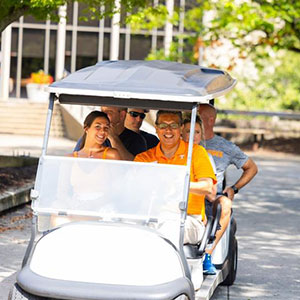

Cuevas has been with the university since 2010 and has held several different roles in that time. As vice chancellor, Cuevas and his leadership team are responsible for student care and support, health and wellness initiatives, and leadership and engagement opportunities. He oversees more than 450 staff members and 3.7 million square feet of facility space that includes the Student Union and on-campus housing.
The new class of pillars will be officially presented and honored during the 2025 NASPA annual conference in New Orleans.
